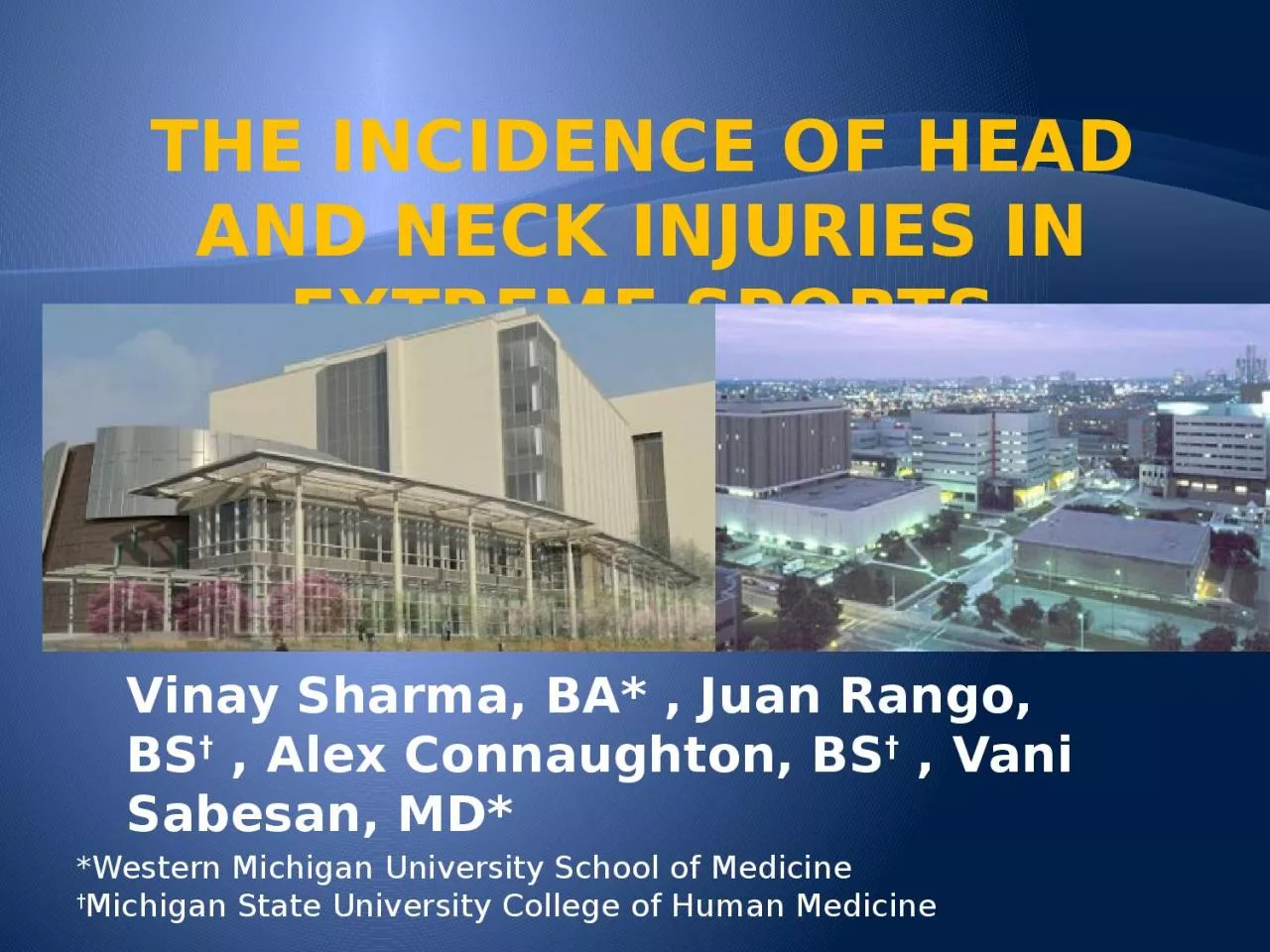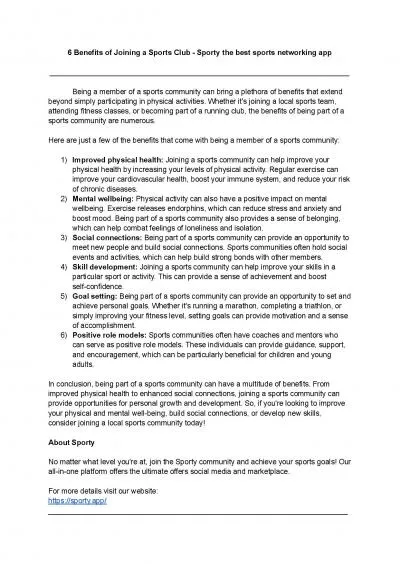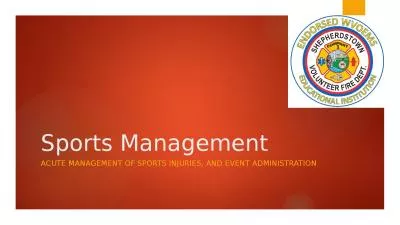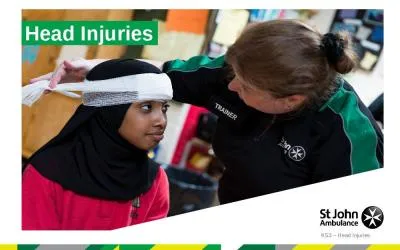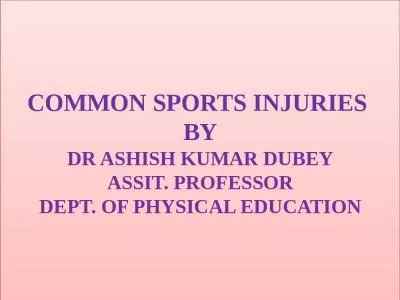PPT-The Incidence of Head and Neck Injuries in Extreme Sports
Author : jade | Published Date : 2024-02-09
Vinay Sharma BA Juan Rango BS Alex Connaughton BS Vani Sabesan MD Western Michigan University School of Medicine Michigan State University College of Human
Presentation Embed Code
Download Presentation
Download Presentation The PPT/PDF document "The Incidence of Head and Neck Injuries ..." is the property of its rightful owner. Permission is granted to download and print the materials on this website for personal, non-commercial use only, and to display it on your personal computer provided you do not modify the materials and that you retain all copyright notices contained in the materials. By downloading content from our website, you accept the terms of this agreement.
The Incidence of Head and Neck Injuries in Extreme Sports: Transcript
Download Rules Of Document
"The Incidence of Head and Neck Injuries in Extreme Sports"The content belongs to its owner. You may download and print it for personal use, without modification, and keep all copyright notices. By downloading, you agree to these terms.
Related Documents

